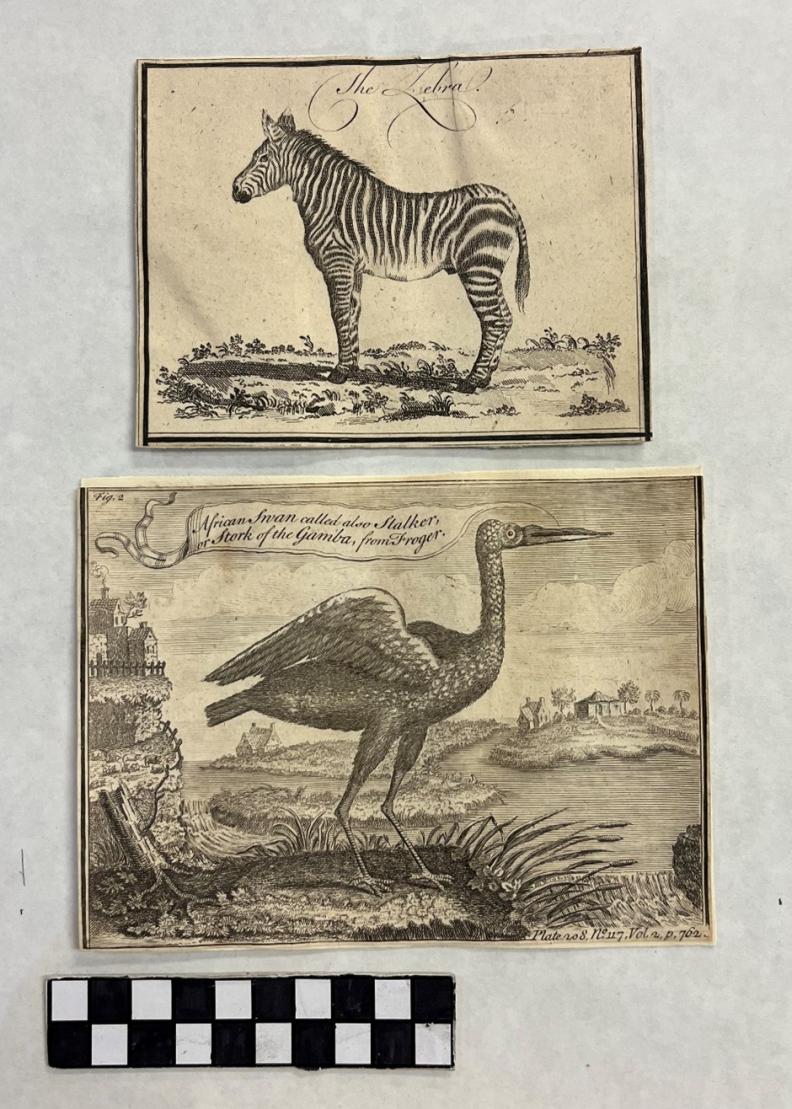Conservation vs Restoration: Why Stabilisation Comes First

In heritage care, conservation and restoration are often confused, but they differ in both purpose and practice. At the Conservation Unit within Special Collections, where posters, books, maps, diaries, photographs, and architectural drawings are safeguarded, this distinction guides our approach. Our mandate in UCT Libraries is to conserve resources so that they may support research, teaching and learning. With thousands of objects awaiting conservation after the Jagger fire, we take a pragmatic approach toward making them accessible to our users.
Learn more about UCT Libraries Special Collections.
Learn more about the Jagger Library salvage and recovery project.
What’s the Difference?
- Restoration aims to return an item to an earlier or “original” state, often with a focus on aesthetics. This can involve repainting, rebinding, or replacing missing parts. While this approach may be effective in some contexts, restoration can erase signs of use and diminish authenticity.
- Conservation seeks to stabilise an object in its present condition so it can last into the future. Its focus is on safeguarding both content and material, guided by minimal intervention, reversibility, and respect for the original.
In short, restoration looks backwards to recreate, while conservation looks forward to preserve.
Why Conservation Matters in Special Collections
Because our unit operates within an archive, we prioritise protecting historical and intellectual records:
- A poster holds meaning not just in its text or image, but in folds and pinholes that reveal its use.
- A diary speaks through its handwriting, stains, and wear as much as through its words.
- An architectural drawing tells a dual story: its actual design and the creases of field handling.
To simply “restore” these objects to a polished state would risk erasing the very traces that give them depth and history.
Stabilisation: Doing Enough, but Not Too Much
Ethical conservation does not mean leaving objects untouched. It means intervening thoughtfully:
- A stain might be distracting, but if stable, it does not pose a threat and should remain as part of the object’s story.
- A tiny tear, however, may spread and cause major loss. Treating it is essential to prevent further damage.
This balance - choosing when to accept imperfections and when to act - is at the heart of responsible conservation.


More Than Appearance: An Ethical Responsibility
Every intervention carries weight. Adding too much new material, over-cleaning, or attempting to make something look “brand new” risks stripping away history. Our task is not cosmetic. It is about respect: for the object, for the history it embodies, and for the future generations who will study it.
Conservation is less about perfection than about preserving meaning. Paper yellows, ink fades, bindings weaken, but these changes are part of the object’s life, not flaws to erase.


Context Matters
It is also important to remember that resources and budgets play a role. Full restoration can be costly, especially when specialist materials or supplies must be imported from overseas. Conservation, with its focus on stabilisation, is often more sustainable within archival contexts where access and preservation are the priority.
Finally, neither conservation nor restoration is inherently “better” than the other. Each has value depending on the aim of treatment and the cultural, historical, or institutional context. What matters is making informed, ethical choices that respect both the material and the purpose it serves.
A Fun Note: Learning from Kintsugi

Consider Kintsugi, the Japanese art of repairing broken pottery with lacquer mixed with powdered gold, silver, or platinum. Instead of hiding cracks, the technique accentuates them - turning damage into a feature of beauty and resilience. It transforms the broken object into something even more meaningful, celebrating imperfection rather than erasing it.
This philosophy resonates with conservation: we do not hide the scars of history; we preserve them as part of an object’s journey.